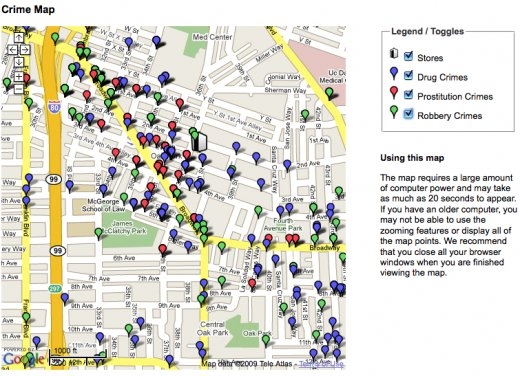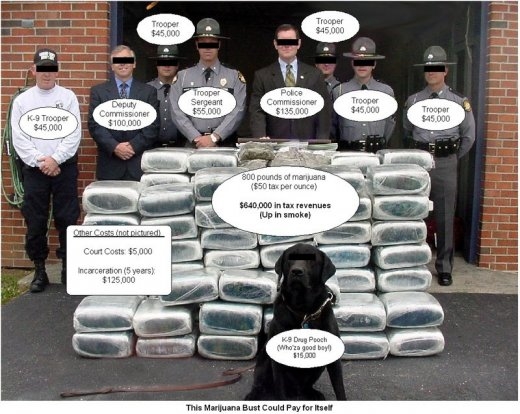
As you may have heard, the great state of New Jersey appears poised to become the 14th state in union to legalize and regulate the dispensation of medical marijuana to chronically ill patients. Still, old drug warrior habits die hard. The day before lawmakers in Trenton approved medical marijuana legislation, the New Jersey State Police, in conjunction with the National Guard, were conducting training flights with a Black Hawk Helicopter on how to locate and bust marijuana growers.
COST OF A BLACK HAWK HELICOPTER: $6 Million Dollars [SOURCE: Global Security]![]()
NUMBER OF MARIJUANA PLANTS ERADICATED IN NEW JERSEY IN 2008: 3,000 [SOURCE: NJ.Com]
COST OF USING A BLACK HAWK HELICOPTER TO FIND MARIJUANA PLANTS: Astronomical [SOURCE: Common Sense]
 Now, to people like you and me, the greatest threat that legalization of mariujana presents to society is that someone might enjoy listening to Pet Sounds at twilight a little too much, or laugh at a Will Ferrell movie a little harder than it deserves. But to the police/prison-industrial complex the legalization of marijuana in states like New Jersey could mean the loss of billions of dollars in drug war interdiction and incarceration funds. In 2007, 872,721 Americans were arrested for marijuana, accounting for 47.5 percent of all drug arrests that year. Of those charged with marijuana violations, approximately 89 percent or 775,138 Americans were charged with possession only.
Now, to people like you and me, the greatest threat that legalization of mariujana presents to society is that someone might enjoy listening to Pet Sounds at twilight a little too much, or laugh at a Will Ferrell movie a little harder than it deserves. But to the police/prison-industrial complex the legalization of marijuana in states like New Jersey could mean the loss of billions of dollars in drug war interdiction and incarceration funds. In 2007, 872,721 Americans were arrested for marijuana, accounting for 47.5 percent of all drug arrests that year. Of those charged with marijuana violations, approximately 89 percent or 775,138 Americans were charged with possession only.
As such, the legalization of medical marijuana represents a grave threat to the status quo of law enforcement and  penal system budgets, and as a result their supporters and proxies are the loudest voices protesting any change in the legal status of marijuana. And when the facts do not support your cause, your only option is to disguise them in a fog of fear and disinformation. One of the most common myths parroted by opponents of medical marijuana is that dispensaries that dole out weed to patients are “crime magnets.” This non-fact appears often in news stories about the issue, usually with little or no corroborating evidence. Just last week a story in the Philadelphia Inquirer concluded with this quote from a medical marijuana opponent:
penal system budgets, and as a result their supporters and proxies are the loudest voices protesting any change in the legal status of marijuana. And when the facts do not support your cause, your only option is to disguise them in a fog of fear and disinformation. One of the most common myths parroted by opponents of medical marijuana is that dispensaries that dole out weed to patients are “crime magnets.” This non-fact appears often in news stories about the issue, usually with little or no corroborating evidence. Just last week a story in the Philadelphia Inquirer concluded with this quote from a medical marijuana opponent:
“The California experience shows clearly that there will be an increase in crime and an increase particularly ![]() in the areas in which there are the dispensaries, and more and more municipalities in California are passing local laws prohibiting dispensing facilities in their community.” — John Tomicki, executive director of the League of American Families
in the areas in which there are the dispensaries, and more and more municipalities in California are passing local laws prohibiting dispensing facilities in their community.” — John Tomicki, executive director of the League of American Families
The second half of this quote is in fact true. In the past year, nearly a half dozen California municipalities have voted to ban medical marijuana dispensaries, and more are considering following suit, for fear they would become crime magnets. We looked into this and it turns out that the primary source driving this fear of medical marijuana dispensaries is a White Paper published by the California Police Chief’s Association. Now, expecting a fair and balanced report on the social impact of medical marijuana from a Police Chief’s Association is a little like expecting a fair and balanced report on global warming from Exxon, but be that as it may, we read through this White Paper to see for ourselves what all the hub-bub was about.
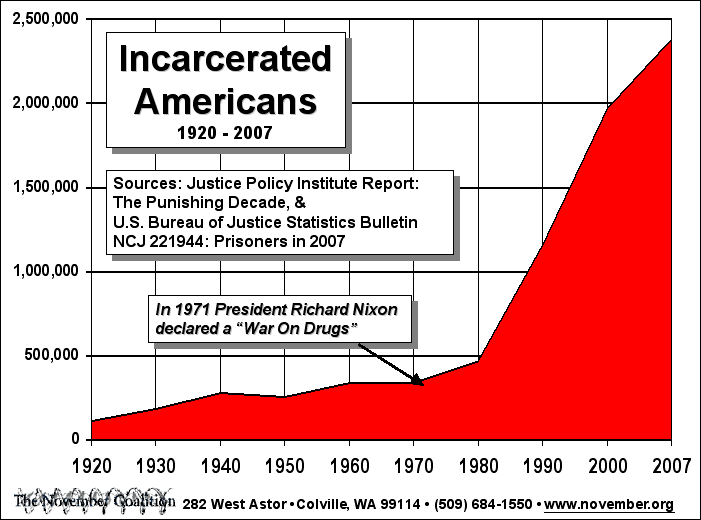
In a section marked ANCILLARY CRIME: MURDERS AND ROBBERIES, the report details 11 armed robberies and five murders at California medical marijuana dispensaries — usually botched robberies wherein the victims attempted to resist or pulled guns on their robbers. These stark accounts would give anyone pause, at least until they consider the following: In the 13 years that medical marijuana has been legal in California there have been 37, 364 murders and 929,623 robberies statewide that were NOT associated with medical marijuana facilities.
Or consider this interactive map created by the Sacramento Bee detailing criminal activity surrounding a single liquor store for a period of six months in 2005.
Or consider that 1995 Honda Civics were the most-stolen vehicle in 2007 according to the National Insurance Crime Bureau, but we have yet to see any news stories calling them “crime magnets.”
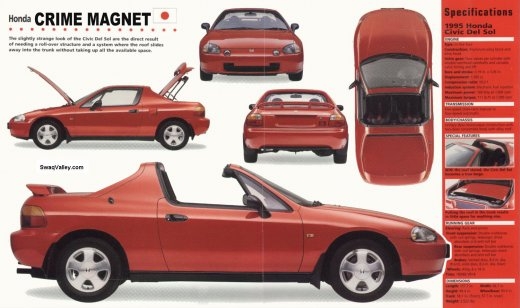
Seems to us that this oft-repeated notion that marijuana dispensaries are crime magnets is, if you will pardon the pun, a case of the the kettle calling the pot black.
RELATED: Nearly 35 pounds of Psilocybin (hallucinogenic) mushrooms baked into about 500 chocolate peanut butter cups were intercepted by Murfreesboro Police vice detectives before being sold at Bonnaroo music festival beginning Thursday in Manchester. Vice detectives Wednesday raided the Kingwood Drive home of suspect Charles Culver, 22, and located the illegal drug with a street value of $10,000, said police spokesman Kyle Evans. “We have seen an increase in LSD over the past several years and this is another form or substitute for that drug,”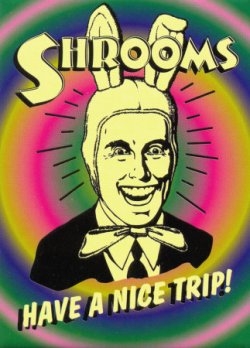 Evans said.“The affects are hallucinogenic in nature, similar to LSD. They are very dangerous and there have been incidents of people dying the first time they used this drug. […] “There’s no telling how many lives these detectives have saved by keeping these drugs off the street and they should be commended for an outstanding investigation leading to these arrests,” Evans said. MORE
Evans said.“The affects are hallucinogenic in nature, similar to LSD. They are very dangerous and there have been incidents of people dying the first time they used this drug. […] “There’s no telling how many lives these detectives have saved by keeping these drugs off the street and they should be commended for an outstanding investigation leading to these arrests,” Evans said. MORE
REALITY CHECK: The toxicity of psilocybin is relatively low; in rats, the oral LD50 is 280 mg/kg, approximately one and a half times that of caffeine. The lethal dose from psilocybin toxicity alone is unknown at recreational or medicinal levels, and has never been documented. Psilocybin makes up roughly 1% of the weight of Psilocybe cubensis mushrooms, and so nearly 1.7 kilograms of dried mushrooms, or 17 kilograms of fresh mushrooms, would be required for a 60 kg person to reach the 280 mg/kg LD50 rate of rats. MORE
PREVIOUSLY: DRUG TEST– Frisking The Inquirer’s Super-Weed Bust Story For The Straight Dope On ‘The War On Drugs’

